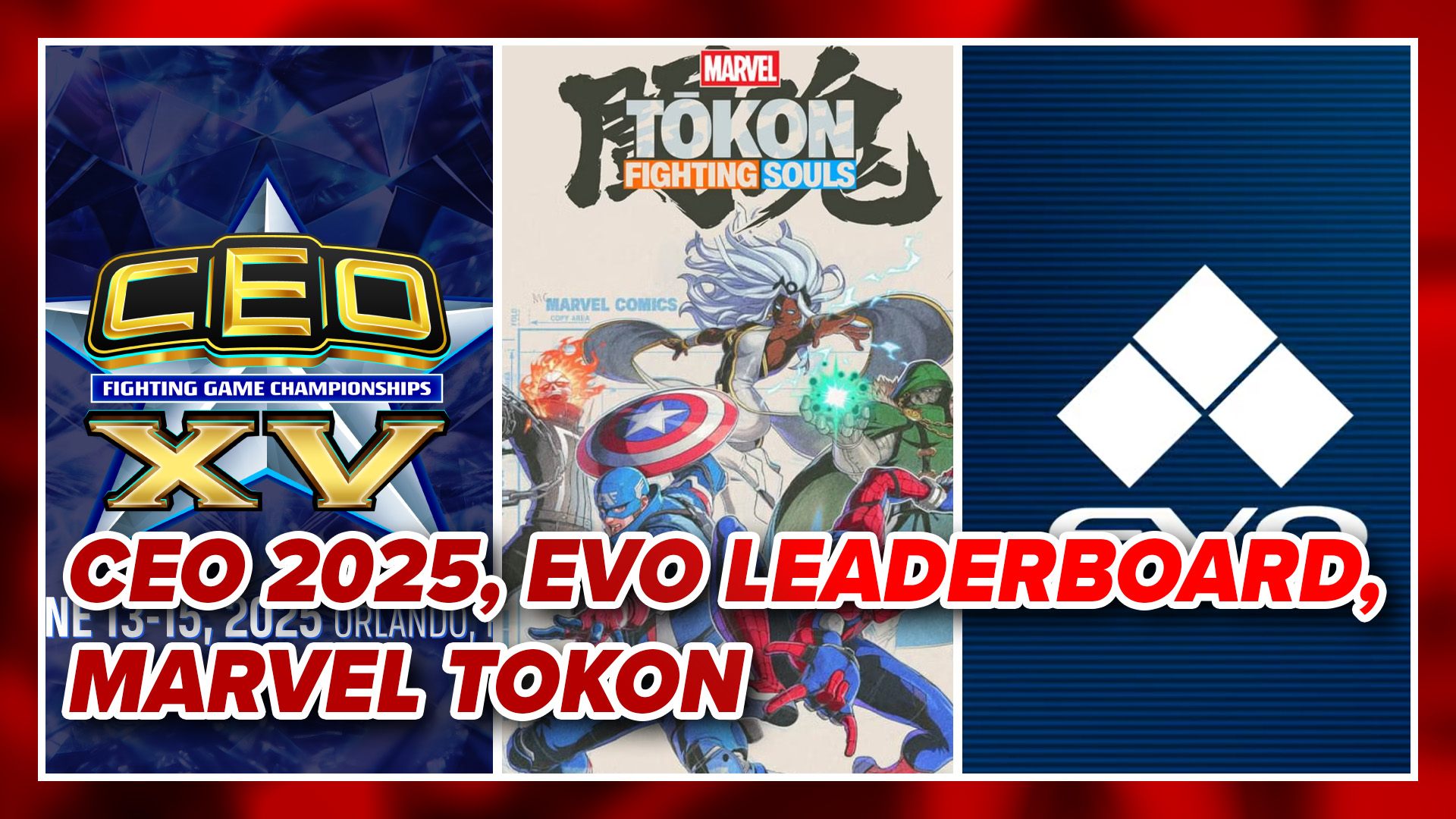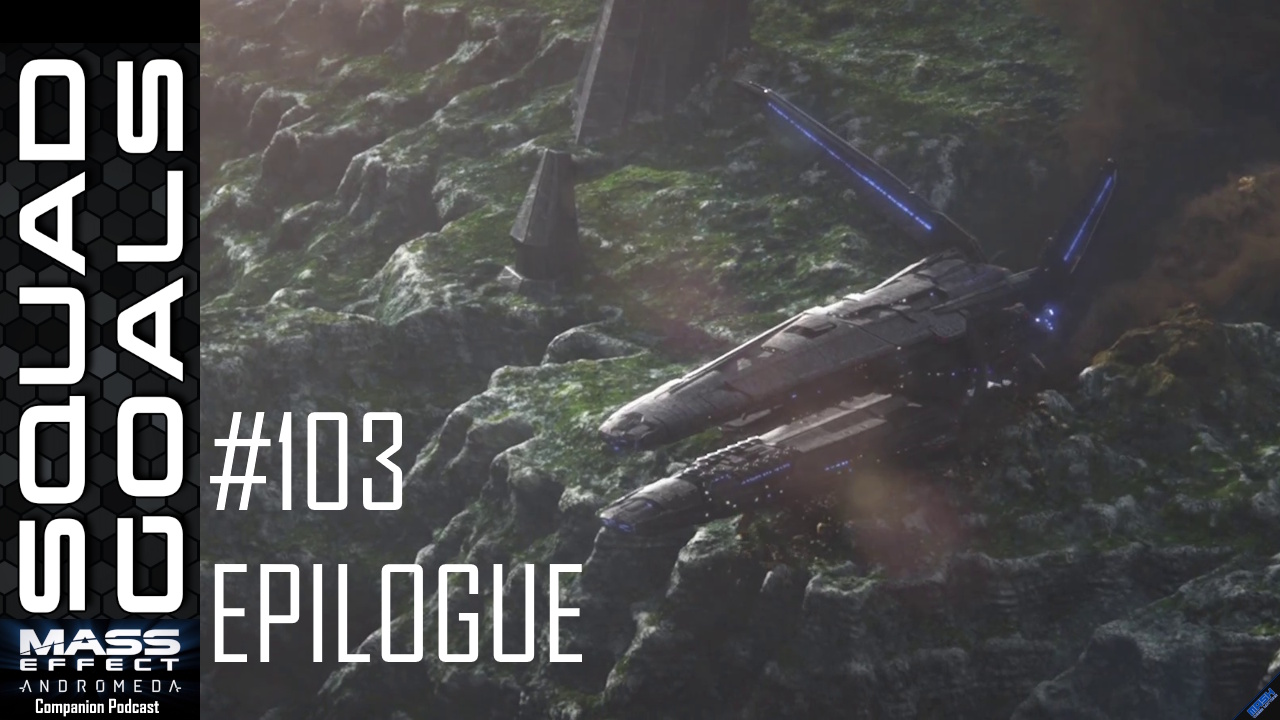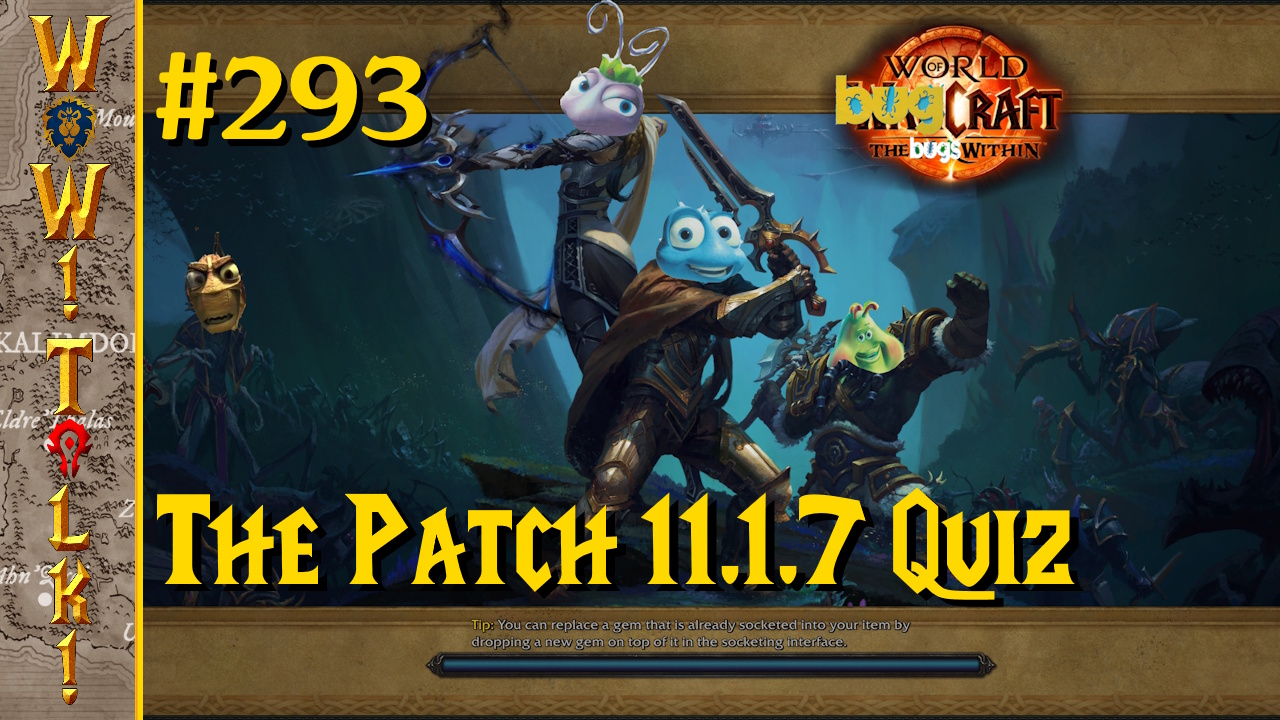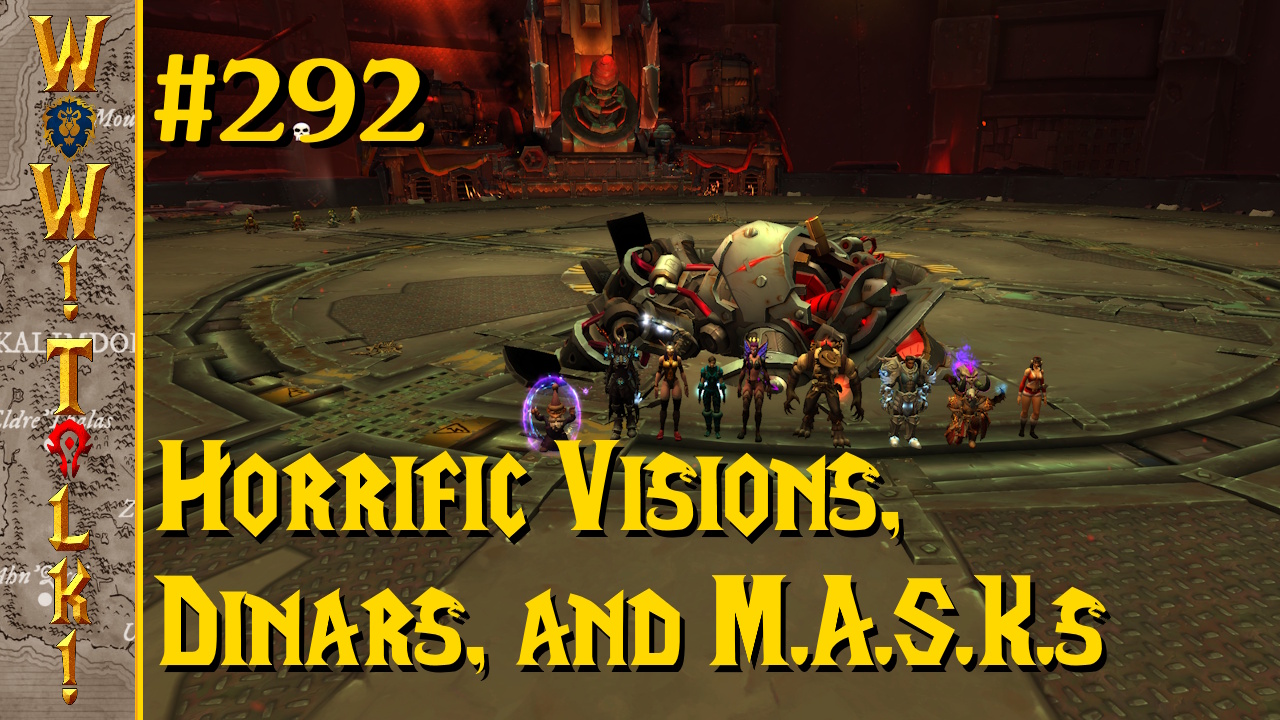Snowball Earth is a neat little project by the guys who made Awesomenauts and Swords & Soldiers. If you played either of those games then you know these guys make some pretty fun, addictive games, and you might be wondering why they have this prototype lying around. They have a couple of good reasons as to why I wasn’t playing and loving this game back in 2008, though, but hopefully more people will try out this fun little game and maybe give them the kick needed to start (See what I did there?) the game up again.
I saw a lot of really neat stuff going on in the demo for Snowball Earth if you’re the type of person who likes odd games. Something that seems really important and well-realized were the snow-melting aspects of the game. In it, you play a robot that’s been sent to thaw out a frozen planet, and while it didn’t seem to have huge effects on the gameplay it gave the graphics an incredible presence. The game might look a little dated, but watching the snow melt off these surfaces as plants budded back to life and green blossomed on each surface made something as simple as walking around into a joy. I really can’t think of many other games that made moving around the environment into something fun and worthwhile in and of itself.
The thawing could be used in a few puzzles as well, although I didn’t see anything all that complicated being done with it in the demo. Once I got the ice off a dinosaur it started to move around and I could crawl onto its head and access a new platform, but it didn’t do much else. Still, the fact that I went around to every surface and melted it anyway shows the kind of compulsion and fun that could be had in such a simple act. Part of it was my completionist nature at work, but moreso it just touched on some part of me that liked bringing color to all of the white in the game. There seems to be something in me that just likes to see these places get filled out and brightened, and it just adds another layer to the game’s depth.
Other than thawing ice, you can interact with the game’s environment using a set of robotic satellites that follow you around like a group of puppies. You can fling them out to break down barriers as well as fight enemies, and this could have been really boring if they hadn’t put a few extra features into them. One big thing was that you do more damage by hitting the game’s enemies from behind, so it encouraged you to hurl them out away from your enemy and then drag them back so that they hit them from behind. It encouraged me to use my head in combat when I could have just been whipping them out as fast as I could. It got me to fire them up inclines and kite the enemy into their paths, and overall I just think it made the combat engaging and interesting.
Just the same, I could see myself getting just as sick of hitting enemies from behind after a while, and that’s when the puzzle areas of the demo came into play. They showed a few more abilities that the game had up its sleeve to keep things interesting. For instance, you could stop your satellites in one place, which I could see being important for a boss fight or two. You could also hit a button and yank yourself toward your group of satellites, opening up more evasive maneuvers that could really make combat interesting and challenging. I really liked where I saw the game going.
That also cured my fears about the puzzle aspects of the game. There’s not a lot in the way of puzzles in the main demo, and given that the game was touting its puzzles I wasn’t all that impressed. I knew it was an early build, but beyond melting stuff I wasn’t exactly using my brain. The buggy puzzle rooms are where the game shines all over again, adding another layer to the game that took it from childish fun to something that could have been really great. In some of these, you had to shoot your satellites to given locations, follow them with your magnet powers, and do all sorts of intricate maneuvers that added more depth to this surprisingly fun game. By the time I was finished with these I was dying to see a final product.
Like I said, though, the game never saw the light of day. Ronimo clearly put in quite a bit of work in order to get this demo going, but it was something they shopped around to little success. It’s a real shame because I can see so much potential in this demo for a weird, fun game that would stand out from most of the other crap that tends to get released. It has personality and charm where most developers are just looking to follow tired old paths, and I really wish someone had taken a liking to it.
Strangely, the people at Ronimo don’t seem all that bitter about it never taking off. After all, the graphics involved with melting the ice were a fair bit more complicated than the coloring they’d put into De Blob. In the latter game you could just add bits of color to surfaces, something that didn’t much change their graphics in any way. As for Snowball Earth, you had big changes on each surface that you got close to. You didn’t just have color showing up, but plants that got bigger and grew leaves. You had to have whole animations and new surfaces take shape while the game was playing. The background wasn’t a static thing that just had some color added to it, but instead was something that was turning into other things. Not only that, but it was happening all the time.
This was far more complicated than a splash of color or even a wall changing shape during a cutscene. The background rarely changes much in a video game, or at least in any way where it can affect the play space. Sure, it’s just getting bigger at points and pressing in a bit more, but that’s something that can be a huge undertaking in terms of graphics and what it affects in the game. The game is forced to make constant changes in order to keep up with an aspect that, while used for puzzles some times, is largely aesthetic. I loved what it added to the game, but can you imagine a modern game publisher’s reaction to something like that?
Secondly, using the satellites in combat made the game more interesting for me, but it could be prohibitive to the child audience this game’s look is geared for. With the way combat was set up, a child could get frustrated or have difficulty getting the hang of it. Maybe they could have fixed it by tweaking the game’s damage difference between attacking from the front and behind, but that would have hamstrung combat and defeated all the work they put into it. If they made it so you could hit the enemy anywhere then most of the work they put into the satellites would have been wasted. If they left it alone, they risked alienating the audience the game’s appearance was geared toward.
I’ve played many game’s that were supposedly for children over the years, but unless they have a known track record it’s not easy to get me to try one. There’s just something about that soft, cartoonish build on the main character that tells me that the game’s meant for kids, and that puts me off it. I won’t lie – I probably wouldn’t have played this game without a recommendation from someone I knew and trusted. I’m pretty sure that’s the same with a lot of other people as well, and many publishers of the time felt the same. If the game looked like it was for kids but its gameplay was too complicated, the game would alienate everyone who was meant to play it. Given how hard it is to break into the mainstream market with new intellectual property, I can see why the whole project got ignored and then shelved.
Like I said, though, the folks at Ronimo didn’t look at this as a bad thing after a while. Given the sheer amount of work it would have taken an inexperienced team to get this off the ground combined with how hard a time such a game would have had breaking into the market would have probably tanked the company. With studios still closing with alarming frequency, knowing what your studio is capable of is almost more important than the skills it possesses. They’ve met with some great success with Sword & Sorcery and Awesomenauts, and this simpler work has let them build up credibility as well as skill. Rather than reaching for the stars with an extravagant game design and hoping they can pull it off with pure grit, they were forced into taking a more measured approach to game development. It’s something that probably saved them from the terrible things that have happened to many an overreaching game studio these days.
I’m glad they released it, though, as I really think the game has promise. Given that they have a known track record for releasing solid games, I think that if they wanted to they could make this game and do well with it. The industry is pretty different than it was back in 2008, with independent publishing and funding available for people with know-how and a good name. You don’t have to rely on the big boys any more, and I think a game like this could be a lot of fun. It might not look the same in its finalized product, but I think there are many sound concepts that should be made into a full game. Hopefully interest in the demo will show this to be the case. Give it a shot and see for yourself.
Snowball Earth is available in its current state for free from the developer’s blog.
Images courtesy of Joost Van Dongen’s Developer Blog, control-online.nl









